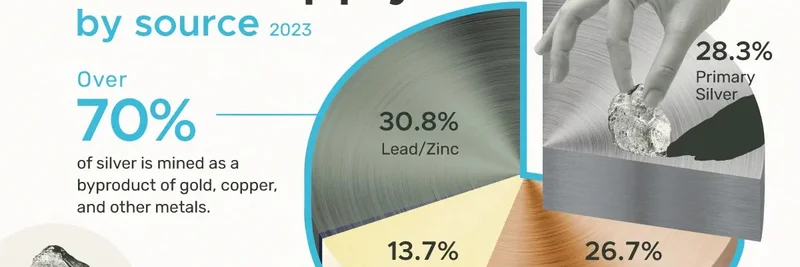In the ever-evolving landscape of cryptocurrency, few projects have sparked as much curiosity and debate as Pi Network. A recent tweet from BSCNews highlighted a detailed examination of the $PI token, which powers the @PiCoreTeam ecosystem. Published on bsc.news, this review offers valuable insights into what makes Pi tick. As someone who's navigated the crypto waters from CoinDesk to now focusing on meme tokens at Meme Insider, I see Pi as a fascinating blend of utility and community hype—elements that often propel meme coins to stardom. Let's break it down in simple terms.
The Origins and Growth of Pi Network
Pi Network burst onto the scene in 2019 with a whitepaper that laid out its ambitious plans. Unlike traditional cryptocurrencies that require hefty hardware for mining, Pi made it accessible via a mobile app. This approach has ballooned its user base to over 60 million "Pioneers"—that's the term for its engaged community members. The project has evolved from a closed system to an Open Network phase, where $PI can now be used for real-world transactions and integrated into decentralized apps (dApps). Think of dApps as blockchain-based applications that run without a central authority, like decentralized versions of your favorite apps.
This mobile-first strategy democratizes crypto, lowering the entry barriers and distributing tokens widely. It's a stark contrast to Bitcoin, where mining is dominated by those with powerful rigs. Pi's growth milestones, such as hitting 1 million, 5 million, and 10 million users, have triggered halvings in mining rates, similar to Bitcoin's mechanism to control supply.
Key Features That Set Pi Apart
What really stands out about Pi is its emphasis on everyday utility. Pioneers can mine $PI daily through the app, contribute by running nodes (which help maintain the network), or grow the community. The goal? To turn $PI into a go-to peer-to-peer currency that rivals traditional payment systems. Initiatives like Pifest, launched on March 14, encourage merchants to accept Pi for goods and services. There's also the .pi domain auctions, where you bid using Pi, fostering real adoption.
In essence, Pi isn't just about holding a token for value appreciation; it's about building habits around using it. This focus on practical use cases could be a game-changer, especially in the meme token space where hype often outpaces functionality.
Unpacking $PI Tokenomics
At the core is the $PI token itself, with a total supply capped at 100 billion. Currently, just under 7 billion are in circulation. The tokenomics— that's the economic model governing the token—allocate 80 billion to the community for mining rewards, referrals, and incentives. The remaining 20 billion goes to the core team for development, infrastructure, and partnerships.
A deflationary twist comes from periodic halvings in the mining rate, which reduce new token issuance and aim to create scarcity. As the network scales, these reductions encourage holders to either use or hold their Pi, balancing supply and demand. There's ongoing speculation about the end of the mining phase, potentially shifting to a more mature ecosystem. The whitepaper even hints at mechanisms to replace lost or inactive Pi to keep circulation healthy.
The Expanding Pi Ecosystem
With the Open Network live, Pi is moving beyond mining. Users can now transact with $PI and build or use dApps. Events like Pifest and domain auctions are pushing for commerce integration. The success here hinges on scaling these dApps, providing seamless use cases, and decentralizing control through community-run nodes. It's all about creating a self-sustaining loop where Pi becomes indispensable in daily crypto interactions.
Weighing the Pros and Cons
Like any project, Pi has its strengths and challenges. On the plus side, its mobile mining democratizes access, the deflationary model builds scarcity, and the massive community provides a strong foundation for adoption. It's already tradable on exchanges, adding to its legitimacy.
However, critics point to potential centralization with the core team's 20% allocation, questions about transparency in supply adjustments, and technical glitches during migrations—like unmigrated assets. Social media buzz on X shows mixed sentiments, with some Pioneers eager for more utility milestones and others wary of the project's evolution.
Where Pi Stands Today and What's Next
As of now, with multiple halvings under its belt by January 2025, Pi is focused on refining its infrastructure and boosting real-world usage. The community is abuzz with discussions on future protocol changes and decentralization efforts. For meme token watchers, Pi's viral growth and hype mirror successful memes, but its utility push sets it apart—potentially making it a hybrid that's worth keeping an eye on.
Whether you're a seasoned blockchain practitioner or just dipping your toes into crypto, understanding projects like Pi can sharpen your insights. If this piques your interest, check out the full review on bsc.news and follow updates from BSCNews. Who knows? Pi might just be the next big thing in the meme-inspired crypto wave.


